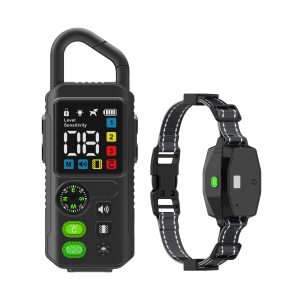Wireless vs Underground Dog Fence: Which One Should You Choose?
When it comes to keeping your furry friend safe within the confines of your property, there are two primary options available: wireless and underground dog fences. Each type has its own set of advantages and disadvantages, making the decision a challenging one for pet owners. In this blog post, we will delve into the differences between wireless and underground dog fences to help you determine which one is the best fit for your pet.
Wireless Dog Fence:
A wireless dog fence operates by creating a circular boundary around your property using a transmitter and a receiver collar worn by your dog. The boundary is established by the transmitter, and the collar emits a warning signal or correction if your dog attempts to go beyond the set boundaries. One of the main advantages of a wireless dog fence is its easy installation, requiring minimal effort compared to traditional fencing options. However, wireless fences may not be suitable for all properties, as they are affected by signal interference and may not be as effective in hilly terrains or areas with dense vegetation.
Underground Dog Fence:
On the other hand, an underground dog fence involves burying a wire around the perimeter of your property to create a boundary. Similar to a wireless fence, the dog wears a receiver collar that emits a warning signal or correction when approaching the set boundaries. Underground dog fences offer more flexibility in shaping the boundaries to fit your property’s unique layout and are not affected by signal interference. However, the installation of an underground dog fence can be more labor-intensive and time-consuming compared to a wireless fence.
Which One Should You Choose?
When deciding between a wireless and an underground dog fence, several factors need to be considered. The size and layout of your property, your dog’s size and behavior, and your budget are all essential factors to take into account. Wireless dog fences are suitable for properties with minimal interference and are ideal for pet owners seeking a quick and easy installation process. On the other hand, underground dog fences provide more customization options and are better suited for properties with challenging terrains or specific layout requirements.
In conclusion, both wireless and underground dog fences have their own set of pros and cons, and the choice between the two ultimately depends on your individual preferences and property needs. Consider your specific requirements and consult with a professional to determine which type of dog fence is the best fit for your beloved pet.




